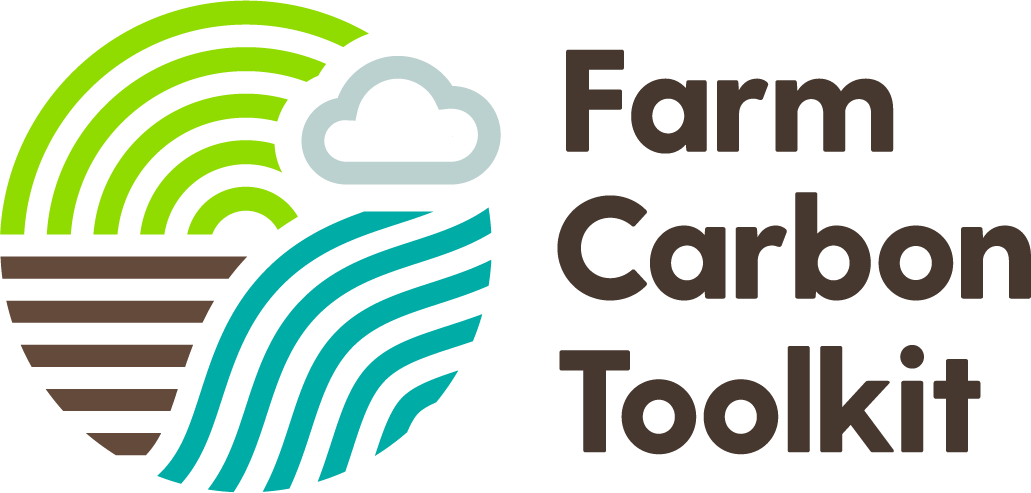
With rising feed costs and extended periods of dry weather, many farmers are looking for a high feed value, drought-resistant crop. Lucerne is one option grown successfully by Farm Net Zero Monitor Farmer, Peter Cox who hosted this meeting to share his extensive knowledge of managing lucerne. This event was made possible with thanks to the National Lottery Community Fund who fund the Farm Net Zero project.
4th generation dairy farmer, Peter Cox, milks 150 Holsteins averaging 11,000 litres using robots. He started growing lucerne after visiting Australia and New Zealand in 2010 where it is a very popular forage crop (often known as alfalfa). Originally, lucerne was grown as a replacement for straw in the milking cows’ ration, providing useful rumen scratch. Now, Peter grows 10-15 acres a year for its high protein feed value, achieving 20-24% protein and a yield of 18 tonnes/acre across four cuts.
Establishment and Management
Lucerne is sensitive to pH, requiring a pH of at least 6, and the seed requires inoculating with rhizobia bacteria for nitrogen fixation to occur. The seed should be drilled into a shallow seed bed at a rate of 20-25kg/hectare. In it’s first year, the crop can be cut once then left to establish. In subsequent years, four cuts can be taken between May and August, no cuts should be taken after August because lucerne needs to build its root reserves before it goes into winter dormancy.
Peter mows the crop with a mower-conditioner on its highest setting first thing in the morning when there is still a dew to reduce the risk of leaf shatter. The lucerne is then left to wilt and is baled with an additive to increase the sugar content and ensure fermentation doesn’t stall. Bales are wrapped with six layers away from the field because the lucerne stubble can puncture the wrap.
Lucerne at Mearfield is a four-year crop, becoming stalky and thin by year four with increasing weed ingress. There are few herbicide options approved for lucerne, however the winter dormancy period can provide a chance to spray out weeds with glyphosate. Building on his success with lucerne, Peter is trialling a mix of 70% lucerne and 30% red clover to see if the clover can suppress weeds during the lucerne’s dormant period. There is also the potential for this lucerne/red clover mix to qualify for GS4 payments.
Resilience
Lucerne is very deep-rooting and as a result is extremely tolerant of drought. Peter commented that during dry periods, the lucerne remains green and returning consistent yields when grass starts to burn up. The deep roots also help to improve soil structure by breaking up any compaction. There is the potential for the deep roots to increase carbon deep in the soil profile, this year’s Farm Net Zero sampling will investigate that.
As a legume, lucerne improves soil nitrogen for itself and for following crops. At Mearfield, only 2000 gallons/acre of slurry is applied to the lucerne in spring with no other fertiliser required. Peter also finds the soil quality is improved after lucerne, with following maize crops benefitting substantially from the nitrogen fixation. This has clear benefits to the farm’s carbon footprint, by reducing both the amount of artificial fertiliser used and the amount of imported feed.
Key takeaways:
- pH is key for growing lucerne – aim for 6 as a minimum
- Don’t mow lower than 10cm, and allow a period of rest before winter dormancy
- Lucerne can provide a large amount of high-protein feed with few artificial inputs

Photo demonstrates the deep roots of the lucerne plant. On the left: April 2023 sown plant, with nitrogen-fixing nodules visible.
Find this event write-up as a PDF here.

This event was made possible with thanks to the National Lottery Community Fund who fund the Farm Net Zero project.

